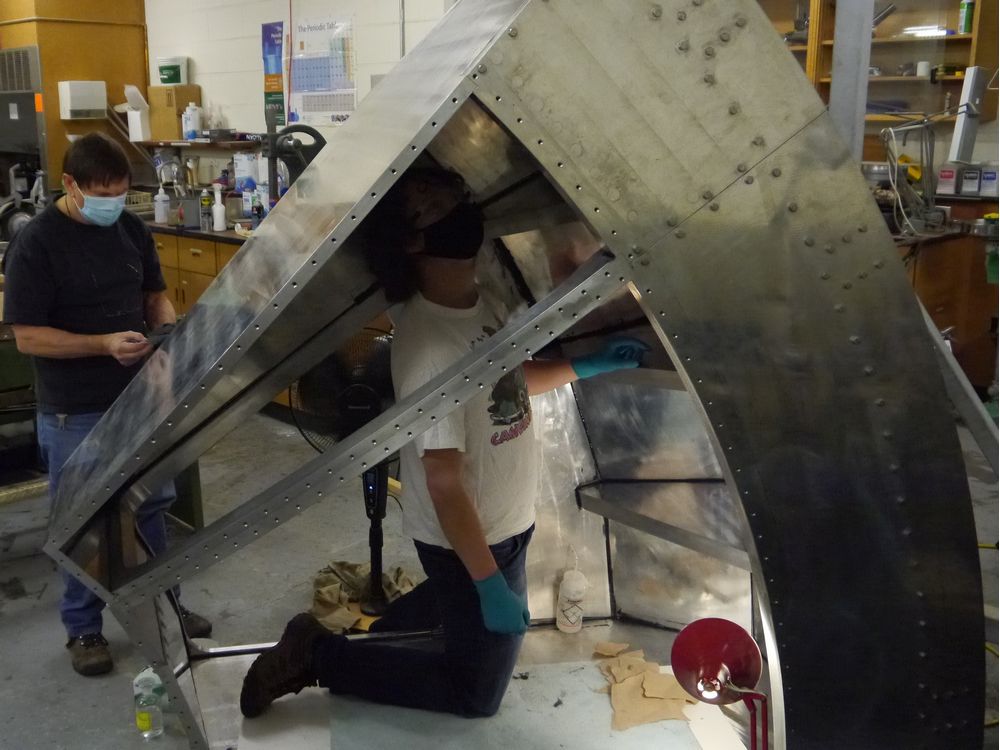U of R to build full-size Cherenkov particle detector for U.S. research facility
It was the fortuitous placement of a grad student in a lunch line that led to a team of Saskatchewan researchers being tasked with building a Cherenkov particle detector for a research lab in Virginia.
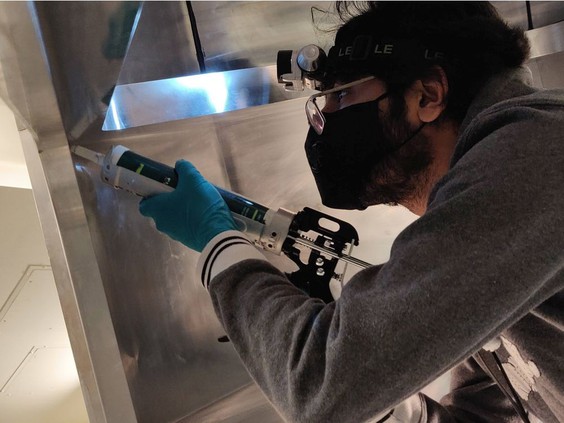
Article content
It was the fortuitous placement of a grad student in a lunch line that led to a team of Saskatchewan researchers being tasked with building a particle detector for a research lab in Virginia.
Advertisement 2
Article content
Seven years and one successful prototype later, the University of Regina has issued a request for proposals (RFP) to build a full-size Cherenkov detector to aid in the research of protons at the Thomas Jefferson National Accelerator Facility, a U.S. Department of Energy Office of Science national laboratory.
“We want to understand the structure of the proton in more detail than we do now,” Garth Huber, a physics professor at the U of R, said in an interview Friday.
Protons are one of three subatomic particles that make up an atom, the basic building block for all matter in the universe, all objects we see around us.
“We just don’t have a handle on the structure of those objects and how all of those interactions and particles inside there combine to give us the object that we see,” Huber said.
The detector Huber and his team will build will hold high-pressure freon gas, generating Cherenkov radiation (which creates its characteristic bluish glow) and detecting the presence of charged subatomic particles moving at high velocities. It is just one component of a much larger detector called the Solenoidal Large Intensity Device, or SoLID. The light from the radiation will help physicists identify the particles that go through SoLID.
Huber said the U of R has been working with Jefferson Lab for more than 20 years, but it was a casual conversation involving a Regina grad student working at the lab that led to this specific partnership, because they recognized the U of R’s expertise in this field.
Advertisement 3
Article content
With the help of physics students at the university, the team built a successful prototype in 2021 which was shipped to the Jefferson Lab last summer. It is just one panel — about 13 per cent of what the full-size detector will be. The full detector will require 10 panels that will be assembled into a donut shape and then installed inside the SoLID.
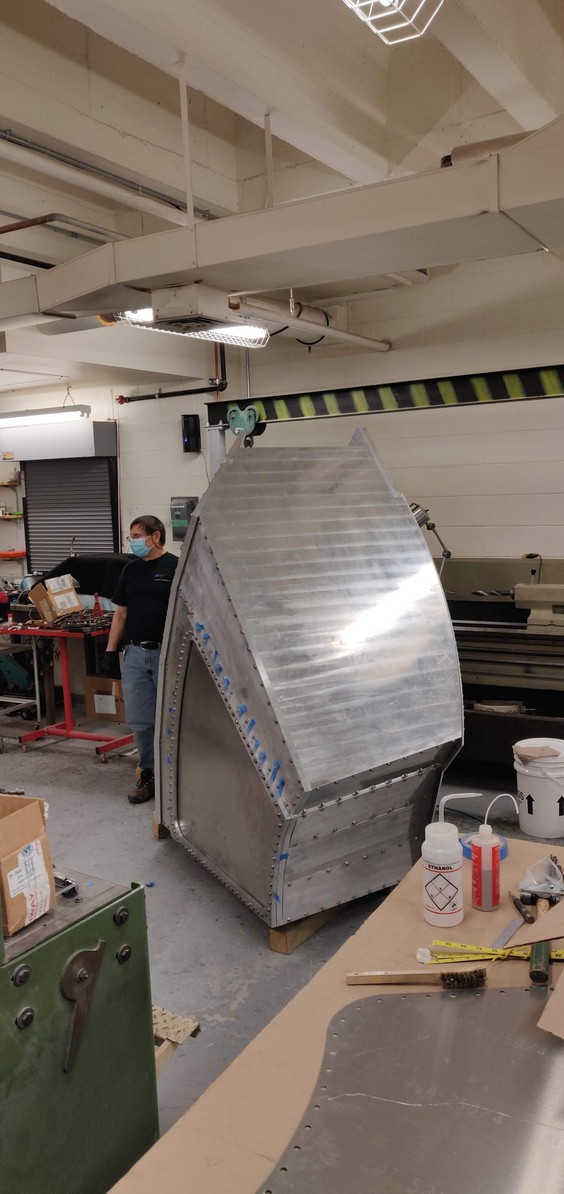
The RFP has been issued so they have accurate cost information for a proposal to the federal and Saskatchewan governments, which will be submitted this summer. If the proposal is successful, then the detector would likely be built in 2024 with the company who puts in the best bid in the RFP competition.
“Something that’s innately human is to try and figure out what we don’t understand. And this is something that we don’t understand,” Stephen Kay, a postdoctoral research fellow in subatomic physics at the U of R said in an interview Friday. “It’s one of the most fundamental questions you can think of in terms of ‘OK, what are we made of in a very literal sense … how do they combine to give us the world that we see around us?’ ”
When asked what excites them most about this work, both Kay and Huber spoke of the basic curiosity of humans and the challenging yet rewarding nature of work. Often at a desk analyzing data on a computer, they said they’ve appreciated the hands-on experience this project provides, especially for the students involved.
They also lamented on the slow moving nature of this kind of work and research. Once submitted, the proposal could take up to 18 months for a decision. The science program the detector will be used for is expected to launch in 2027-28 and go on for more than a decade.
“It’s fundamental research with no short-term application,” Huber said. “These things don’t happen fast, unfortunately.”
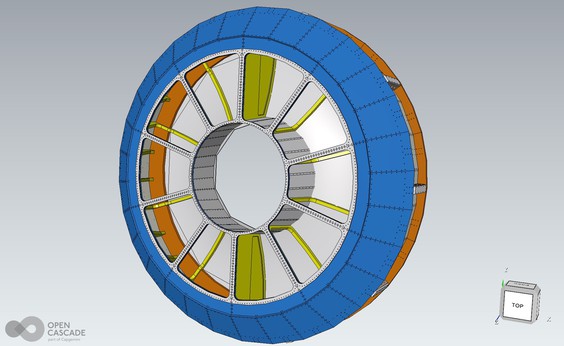
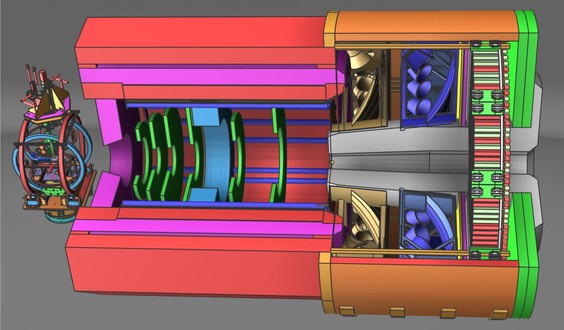
The news seems to be flying at us faster all the time. From COVID-19 updates to politics and crime and everything in between, it can be hard to keep up. With that in mind, the Regina Leader-Post has created an Afternoon Headlines newsletter that can be delivered daily to your inbox to help make sure you are up to date with the most vital news of the day. Click here to subscribe.
